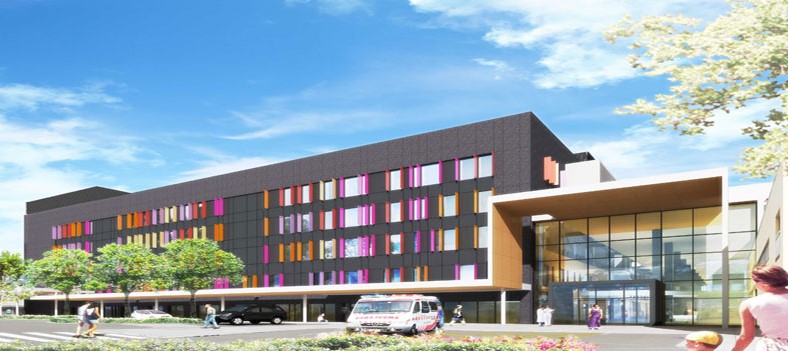Mount Druitt Hospital Accommodation
Find Hospital Accommodation near Mount Druitt Hospital

Services available at Mount Druitt Hospital
- Alcohol and drug unit
- Coronary care unit
- Diabetes unit
- Domiciliary care unit
- Emergency department
- Geriatric assessment unit
- Hospice care unit
- Paediatric service
- Psychiatric unit
- Rehabilitation unit
Transportation Options to Mount Druitt Hospital
Located in the bustling area of Western Sydney, Mount Druitt Hospital serves as a vital healthcare center. Whether you're visiting the hospital for medical needs, working as a staff member, or supporting a loved one, accessing the hospital conveniently is essential. Below, we delve into the various transport options available to reach Mount Druitt Hospital, NSW, ranging from public transport to private vehicles, and more.
Public Transport Options
Trains: Mount Druitt Hospital is conveniently accessible via the extensive Sydney train network. The closest train station is Mount Druitt Station, which is part of the T1 Western Line. From the station, it's a short trip to the hospital using onward connections such as buses or taxis. The regular train service ensures that reaching Mount Druitt Hospital from various points in Sydney is both straightforward and time-efficient.
Buses: Several bus routes connect Mount Druitt Hospital directly with both the immediate locality and the broader Sydney region. Bus routes like the 750, 757, and 762 provide frequent service to the hospital, ensuring ease of travel for those using public transport. The well-planned bus network means that patients and visitors can reach the hospital from suburbs such as Blacktown, St Marys, and Penrith with minimal hassle.
Trams: Currently, there are no tram services directly to Mount Druitt Hospital. However, Sydney’s tram network is continuously evolving, so staying updated on future tram services or extensions that might enhance connectivity to suburbs around Mount Druitt is advised.
Driving and Parking Options
For those who prefer the comfort and convenience of driving, Mount Druitt Hospital is easily accessible via the major road networks, including the Great Western Highway and the M7 Motorway. These connections allow direct routes from various suburbs, reducing travel time.
The hospital provides parking facilities for patients, visitors, and staff. Ample parking spaces are available on-site, and signage around the facility helps in directing drivers to the appropriate parking areas. While there might be charges for parking, certain concessions may apply for patients needing frequent visits, so it’s worth inquiring directly with the hospital about any parking fee waivers or discounts.
Cycling and Walking
Cycling to Mount Druitt Hospital is an environmentally friendly and healthy transport option. The suburb offers several bike paths and lanes, making it feasible for cyclists to navigate through the area safely. Dedicated bike racks are available at the hospital, providing secure parking for your bicycle.
For those living within close proximity, walking offers an easy and cost-free way to reach Mount Druitt Hospital. The surrounding area is pedestrian-friendly, with footpaths and crossings ensuring a safe journey. Walking also helps bypass any potential congestion on the roads, making it a practical choice for nearby residents and visitors.
Rideshare and Taxi Services
The convenience of rideshare services like Uber and Ola offers a flexible transport option to Mount Druitt Hospital. These services can be booked via apps and provide direct drop-offs at the hospital entrance, a boon for people needing quick and personalized transport solutions without the worry of parking.
Moreover, traditional taxi services are readily available throughout Sydney. Local taxi companies provide dedicated transport to and from Mount Druitt Hospital, offering further options for those who prefer standard cab services over rideshare.
With diverse options ranging from public transport to private car travel and more, reaching Mount Druitt Hospital is made simple. Each mode offers a unique set of conveniences, allowing patients, visitors, and staff to choose the best method suited to their schedule and preference. The variety of transport options ensures that the hospital remains accessible to everyone, supporting the community by providing essential service availability throughout the region.

